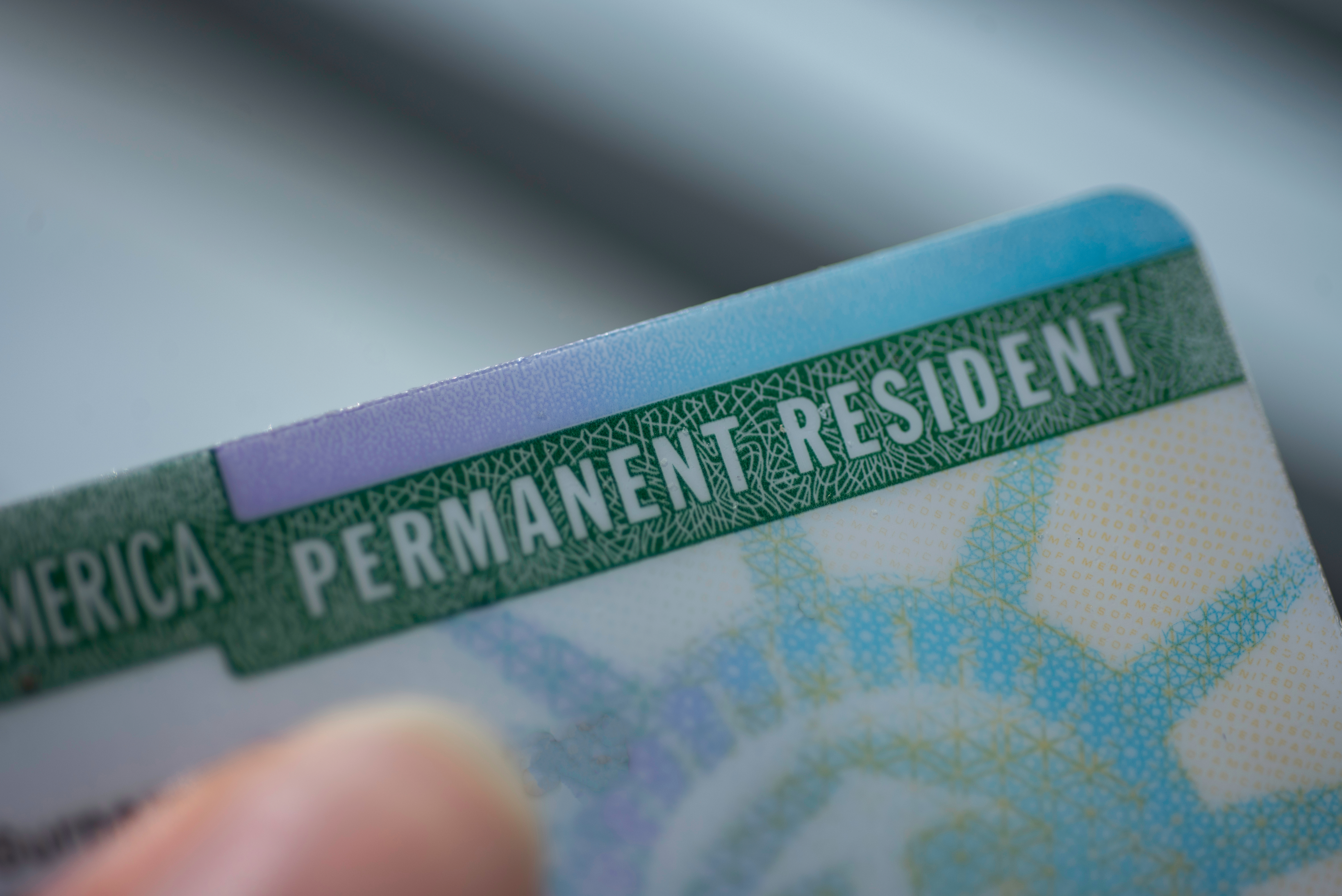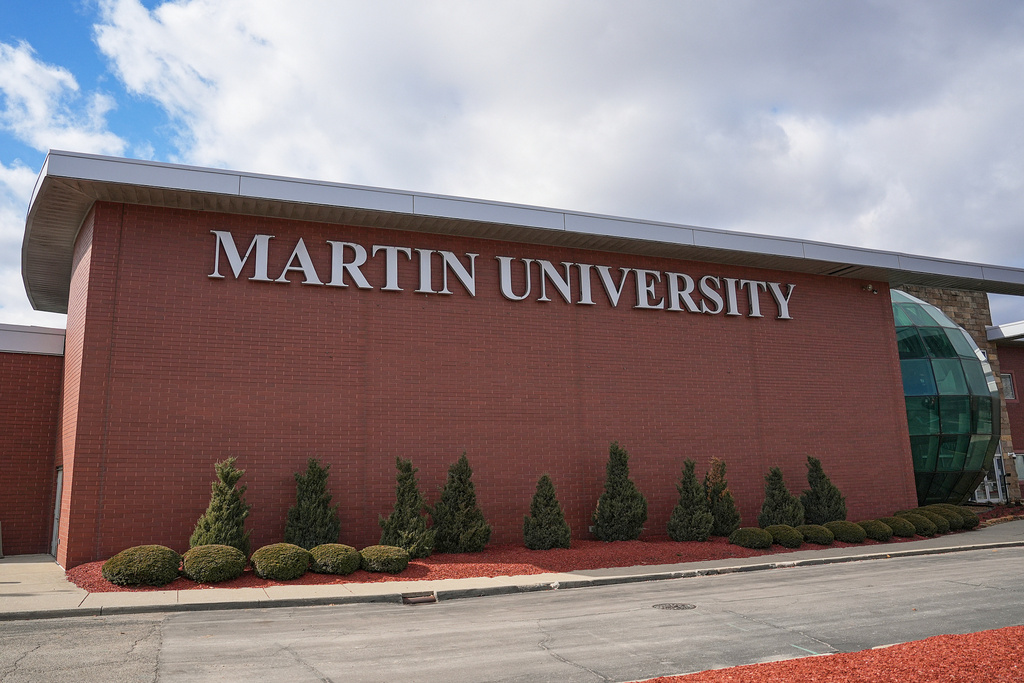Carly Whorton has a big responsibility in running a grocery store in her hometown of Holton, Kansas, which has a population of 3,401.
"People will drive from up by the Nebraska state line to come to Cecil K's and get groceries," Whorton said. "Or if they're coming back from Topeka on their way through, they'll stop in and do a little shopping."
Of the nearly 2,000 non-metro counties in the U.S., more than 100 have only one grocery store. Forty have none. They've largely been replaced by supercenters and dollar stores that offer few fresh fruit, veggie or meat options.
"There are a lot of vendors who won't go there," Whorton said. "It's not worth the time and money to drive into town to be able to deliver an order."
Erica Blair, a program manager for the Rural Grocery Initiative, conducted research about rural Kansas grocers.
"Between 2008 and 2018, the Rural Grocery Initiative was tracking closures of rural grocery stores in Kansas," said Blair. "We saw that 1 in 5 rural grocery stores closed."

People in the South face more 'banking deserts,' report says
The lack of banking options is resulting in poor financial outcomes for many Southerners.
In Westmoreland, the one grocery store in town only exists because the local bank owns the building and keeps rent low for tenants. When the previous tenant left, the bank asked Whorton to take over.
It was a welcome sight to residents like Charlotte Naughton.
"When you need something, and you live 20-plus miles away, it's hard." Naughton said. "The drive isn't fun."
The challenge facing grocers will require solutions not before seen. But as Whorton knows, there's a major benefit to being at the center of a town.
"It's such a quality-of-life upgrade to have such a nice store down the street," said Whorton.











